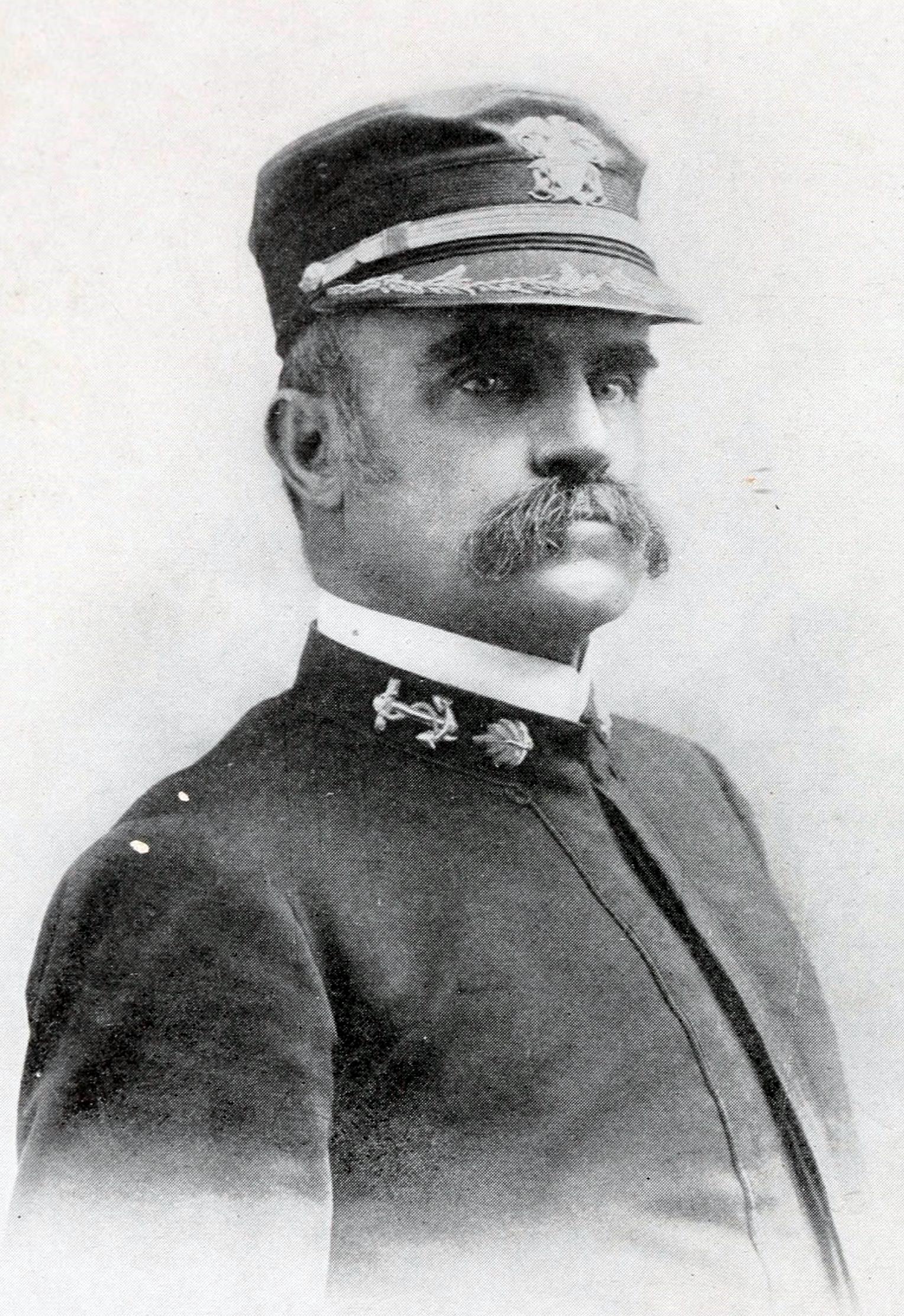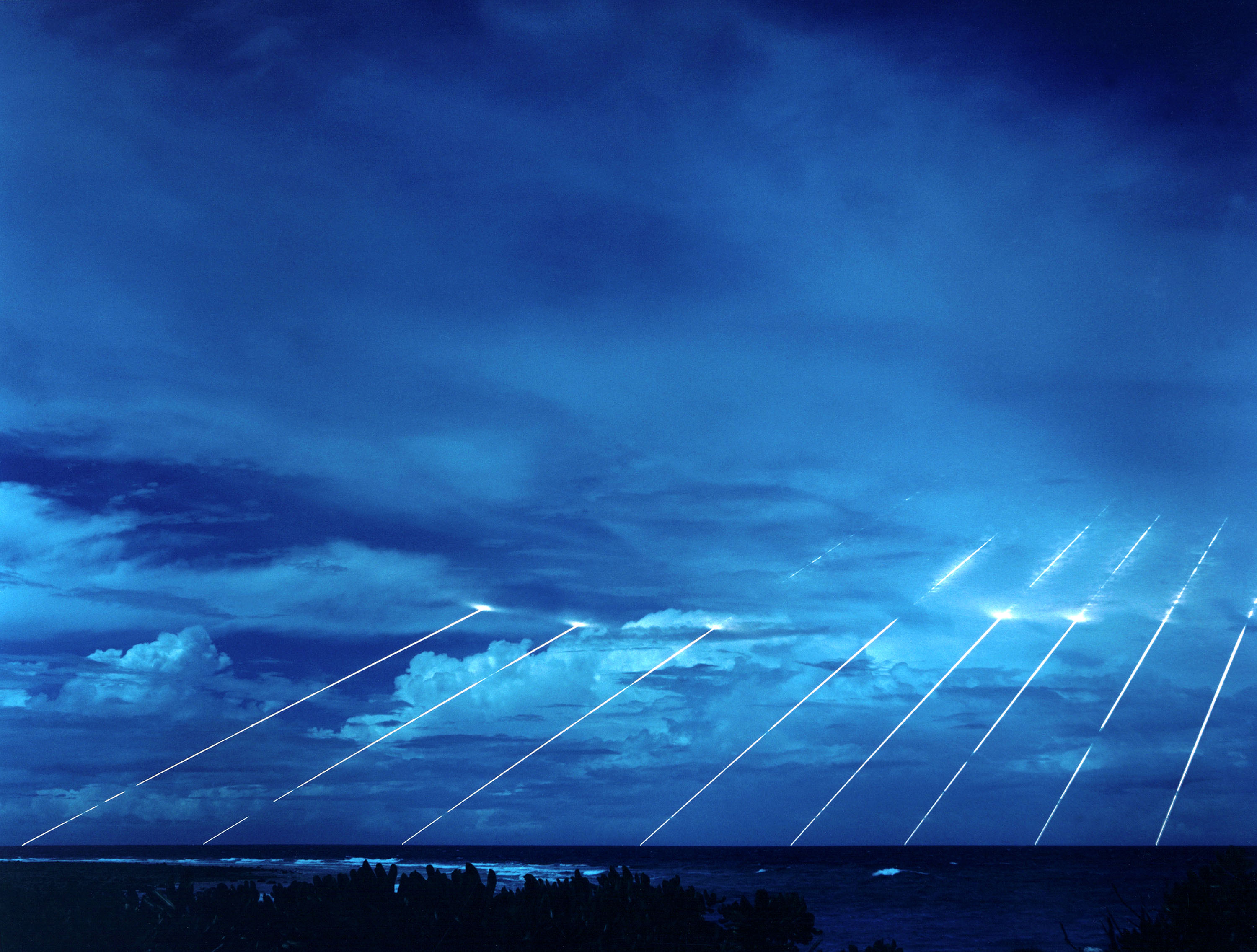|
USS Colahan
USS ''Colahan'' (DD-658) was a ''Fletcher''-class destroyer of the United States Navy. Namesake Charles Ellwood Colahan was born on 25 October 1849 in Philadelphia, Pennsylvania. He graduated from the United States Naval Academy 4 June 1869. His career included command of , and . On 1 July 1900, he was promoted from the rank of vice lieutenant-commander to commander in the U.S. Navy. Following a lengthy illness, Colahan died at his home in Lambertville, New Jersey on 11 March 1904. His funeral was held in the United States Naval Academy chapel on 14 March. The full complement of officers and professors who were employed by the Naval Academy at the time attended the funeral and marched with the casket to the Navy cemetery where Colahan's remains were interred. Also accompanying the casket were the Naval Academy Band, a brigade of Naval Academy midshipmen, who were commanded by Commander W. F. Fullam, U.S.N., and a group of serving seamen. The pallbearers were: Honorary, Comman ... [...More Info...] [...Related Items...] OR: [Wikipedia] [Google] [Baidu] |
Bethlehem Mariners Harbor
USS ''Bache'', Bethlehem Staten Island first Fletcher-class destroyer built in 1942 Bethlehem Staten Island also called Bethlehem Mariners Harbor was a large shipyard in Mariners Harbor, Staten Island, New York. The shipyard started building ships for World War II in January 1941 under the Emergency Shipbuilding Program and as the result of the Two-Ocean Navy Act of July 1940. The shipyard was part of the Bethlehem Shipbuilding Corporation which built ships for the United States Navy, and the United States Maritime Commission. Bethlehem Steel purchased the shipyard in June 1938 from United Shipyards. Bethlehem Shipbuilding Corporation closed the shipyard in 1959. The propeller factory and foundry continued operation for 10 more years at the site. Since 1980 the site is the May Ship Repair Contracting Corporation next to Shooters Island at the southern end of Newark Bay, off the North Shore. Staten Island Shipbuilding The site started in 1903, when William Burlee built a ship ... [...More Info...] [...Related Items...] OR: [Wikipedia] [Google] [Baidu] |
Charles J
Charles is a masculine given name predominantly found in English and French speaking countries. It is from the French form ''Charles'' of the Proto-Germanic name (in runic alphabet) or ''*karilaz'' (in Latin alphabet), whose meaning was "free man". The Old English descendant of this word was '' Ċearl'' or ''Ċeorl'', as the name of King Cearl of Mercia, that disappeared after the Norman conquest of England. The name was notably borne by Charlemagne (Charles the Great), and was at the time Latinized as ''Karolus'' (as in ''Vita Karoli Magni''), later also as '' Carolus''. Some Germanic languages, for example Dutch and German, have retained the word in two separate senses. In the particular case of Dutch, ''Karel'' refers to the given name, whereas the noun ''kerel'' means "a bloke, fellow, man". Etymology The name's etymology is a Common Germanic noun ''*karilaz'' meaning "free man", which survives in English as churl (< Old English ''ċeorl''), which developed its depr ... [...More Info...] [...Related Items...] OR: [Wikipedia] [Google] [Baidu] |
Mariana And Palau Islands Campaign
The Mariana and Palau Islands campaign, also known as Operation Forager, was an offensive launched by United States forces against Imperial Japanese forces in the Mariana Islands and Palau in the Pacific Ocean between June and November 1944 during the Pacific War. The United States offensive, under the overall command of Chester W. Nimitz, followed the Gilbert and Marshall Islands campaign and was intended to neutralize Japanese bases in the central Pacific, support the Allied drive to retake the Philippines, and provide bases for a strategic bombing campaign against Japan. The United States invasion force was supported by a massive combat force. The Fifth Fleet was commanded by Admiral Raymond A. Spruance. Task Force 58, commanded by Vice Admiral Marc Mitscher, consisted of 15 carriers, 7 battleships, 11 cruisers, 86 destroyers and over 900 planes. The invasion force, commanded by Vice Admiral Richmond K. Turner, consisted of 56 attack transports, 84 landing craft and ov ... [...More Info...] [...Related Items...] OR: [Wikipedia] [Google] [Baidu] |
Battle Of Guam (1944)
The Battle of Guam (21 July–10 August 1944) was the American recapture of the Japanese-held island of Guam, a U.S. territory in the Mariana Islands captured by the Japanese from the United States in the First Battle of Guam in 1941 during the Pacific campaign of World War II. The battle was a critical component of Operation Forager. The recapture of Guam and the broader Mariana and Palau Islands campaign resulted in the destruction of much of Japan's naval air power and allowed the United States to establish large airbases from which it could bomb the Japanese home islands with its new strategic bomber, the Boeing B-29 Superfortress. Background Guam, at 212 square miles (543 square kilometers), is the largest island of the Marianas, with a length of 32 miles (52 km) and a width ranging from 12 miles (19.31 km) to four miles (6.44 km) at different points of the island. It had been a United States possession since its capture from Spain in 189 ... [...More Info...] [...Related Items...] OR: [Wikipedia] [Google] [Baidu] |
Radar Picket
A radar picket is a radar-equipped station, ship, submarine, aircraft, or vehicle used to increase the radar detection range around a nation or military (including naval) force to protect it from surprise attack, typically air attack, or from criminal activities such as smuggling. By definition a radar picket must be some distance removed from the anticipated targets to be capable of providing ''early warning''. Often several detached radar units would be placed to encircle a target to provide increased cover in all directions; another approach is to position units to form a ''barrier line''. Radar picket units may also be equipped to direct friendly aircraft to intercept any possible enemy. In British terminology the radar picket function is called aircraft direction. Airborne radar pickets are generally referred to as airborne early warning (AEW). In a sense radars intended to track ballistic missiles can be thought of as radar pickets, but because such systems are also used ... [...More Info...] [...Related Items...] OR: [Wikipedia] [Google] [Baidu] |
United States Fifth Fleet
The Fifth Fleet is a numbered fleet of the United States Navy. It has been responsible for naval forces in the Persian Gulf, Red Sea, Arabian Sea, and parts of the Indian Ocean since 1995 after a 48-year hiatus. It shares a commander and headquarters with U.S. Naval Forces Central Command (''NAVCENT'') in Bahrain. Fifth Fleet/NAVCENT is a component command of, and reports to, U.S. Central Command (CENTCOM). Established in 1944, the Fifth Fleet conducted extensive operations against Japanese forces in the Central Pacific during World War II. World War II ended in 1945, and the Fifth Fleet was deactivated in 1947. It remained inactive until 1995, when it was reactivated and assumed its current responsibilities. World War II The Fifth Fleet was initially established during World War II on 26 April 1944 from the Central Pacific Force under the command of Admiral Raymond Spruance. Central Pacific Force was itself part of Pacific Ocean Areas. The ships of the Fifth Fleet also form ... [...More Info...] [...Related Items...] OR: [Wikipedia] [Google] [Baidu] |
Kwajalein
Kwajalein Atoll (; Marshallese: ) is part of the Republic of the Marshall Islands (RMI). The southernmost and largest island in the atoll is named Kwajalein Island, which its majority English-speaking residents (about 1,000 mostly U.S. civilian personnel) often use the shortened name, Kwaj . The total land area of the atoll amounts to just over . It lies in the Ralik Chain, southwest of Honolulu, Hawaii. The US Navy has hosted a naval base on Kwajalein Island since World War II. It was the final resting place of the German cruiser '' Prinz Eugen'' after it survived the Operation Crossroads nuclear test in 1946. In the late 1950s, the US Army took over the base as part of their Nike Zeus anti-ballistic missile efforts, and since then the atoll has been widely used for missile tests of all sorts. Today it is part of the Ronald Reagan Ballistic Missile Defense Test Site, with various radars, tracking cameras, missile launchers, and many support systems spread across many islands ... [...More Info...] [...Related Items...] OR: [Wikipedia] [Google] [Baidu] |
Enubuj
Kwajalein Atoll (; Marshallese language, Marshallese: ) is part of the Marshall Islands, Republic of the Marshall Islands (RMI). The southernmost and largest island in the atoll is named Kwajalein Island, which its majority English-speaking residents (about 1,000 mostly U.S. civilian personnel) often use the shortened name, Kwaj . The total land area of the atoll amounts to just over . It lies in the Ralik Chain, southwest of Honolulu, Honolulu, Hawaii. The US Navy has hosted a naval base on Kwajalein Island since World War II. It was the final resting place of the German cruiser ''German cruiser Prinz Eugen, Prinz Eugen'' after it survived the Operation Crossroads nuclear test in 1946. In the late 1950s, the US Army took over the base as part of their Nike Zeus anti-ballistic missile efforts, and since then the atoll has been widely used for missile tests of all sorts. Today it is part of the Ronald Reagan Ballistic Missile Defense Test Site, with various radars, tracking came ... [...More Info...] [...Related Items...] OR: [Wikipedia] [Google] [Baidu] |





